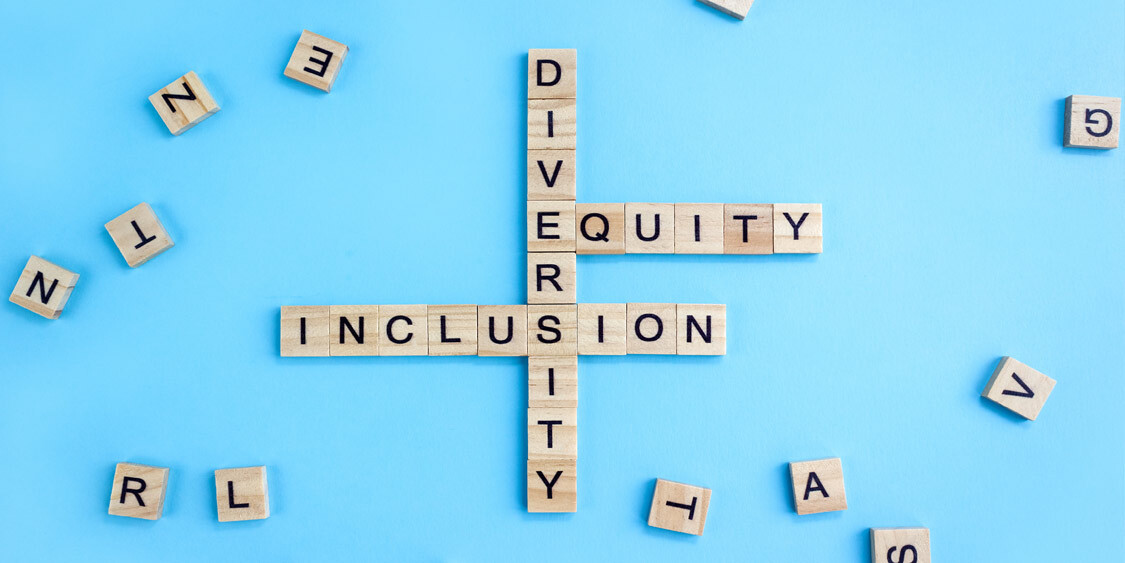PhD on Equity Diversity and Inclusion in Mindfulness: A Decolonial Approach – Part 2
EDI? And why a decolonial approach, what does that even mean?
Equity, Diversity and Inclusion (EDI) are buzz words right now, which is timely and necessary to make mindfulness more inclusive, but how do we turn these ideas and aims into making a difference? I want to help the field of mindfulness get closer to creating a more accessible, diverse and inclusive space by drawing together evidence-based recommendations to guide us. To date, there is no research in the UK on access to mindfulness for people across the protected characteristics (PCs) as defined by the Equality Act 2010; age, race, disability, sex, pregnancy or maternity, gender reassignment, sexual orientation, marriage and civil partnership, and religion/belief. I not only address this gap but extend inclusion beyond the legislative limits to encompass, for example, people who are nonbinary, working class or in poverty.
As a Black practitioner, I share the growing interest in how people of colour (POC) can feel alienated from mainstream mindfulness (and other similar practices, e.g., yoga), which I began investigating on the MSc in Mindfulness. Because I have multiple marginalised identities (I am also queer, disabled and nonbinary), I want to address EDI for other marginalised groups. Therefore, this PhD will review the current research on EDI in UK mindfulness, look at The Everyone Project’s (TEP) work as a case study, and collate the action needed for meaningful change.
This is a passion project for me, I am fascinated by the contested and evolving nature of equalities work, language and concepts. EDI is generally taken to describe a process, commitment and actions that increase access for people who are marginalised, and I will be looking at what promotes and prevents it. I argue the need to take a mindfulness and decolonial approach to site these somewhat abstract concepts and subsequent in/action into a social justice framework. In other words we can acknowledge the power imbalance of the west’s continued taking of ideas, resources and practices from previously colonised territories and peoples (Mason-John, 2021) and see the inclusion project as part of our mindfulness and compassion practice.
Research question and hypothesis
This leads me to the key research question, “what are the barriers for people with PCs and other marginalised identities to accessing mindfulness?” I’ll use mixed methods research involving a case study on TEP and sub questions covering why people do or don’t apply or complete courses, what is helpful or difficult for including people with PCs and marginalised identities, and what increases access and course efficacy. Research shows if we diversify the providers, teachers, curricula and settings, it will encourage people from other communities to attend (Blum, 2014; Smith, Munt, et al., 2016; Watson-Singleton, Black et al., 2019; Gajaweera, 2021).
I love writing which is handy for someone embarking on a 100,000 odd word project and am really excited to try my hand at a critical autoethnography – more to follow on that, suffice to say it is a way for us insider researchers to bracket off and use our own experiences within our research and to draw out the connections between the lived experience and the wider study (Boylorn and Orbe, 2021). It is often used by people with marginalised identities, and I highly recommend reading some for a unique perspective that blends the personal and the academic in a fascinating range of styles from poetry to images via densely theoretical writing (see Zebracki, 2014; Magee, 2016; Johnson and Lemaster, 2020; Boylorn and Orbe, 2021).
By Josetta (they/them)
2023.
References
BLUM, H. (2014). Mindfulness equity and Western Buddhism: reaching people of low socioeconomic status and people of color. International Journal of Dharma Studies, 2(10), pp.1-18.
BOYLORN, R., and ORB, M. (2021). Critical Autoethnography: intersecting cultural identities in everyday life. Routledge, New York.
GAJAWEERA, N. (2021). Sitting in the Fire Together: people of color cultivating radical resilience in North American Insight Meditation. Journal of Global Buddhism, 22, pp.121-140.
JOHNSON, A.; AND LEMASTER, B. (2020). Gender futurity, intersectional autoethnography: embodied theorizng from the margins. New York: Routledge.
MAGEE, R. (2016). Teaching mindfulness with mindfulness of race and other forms of diversity. In: MCCOWN, D.; REIBEL, R and MICOZZI, M. (Eds.), Resources for teaching mindfulness: An international handbook. New York: Springer. pp. 225–246.
MASON-JOHN, V. (2021). Afrikan Wisdom: new voices talk black liberation, Buddhism and beyond. Berkeley: North Atlantic Books.
SMITH, S., MUNT, S. and YIP, A. (2016). Cosmopolitan Dharma: race, sexuality, and gender in British Buddhism. Boston: Brill.
WATSON-SINGLETON, N., BLACK, A. and SPIVEY, B. (2019). Recommendations for a culturally-responsive mindfulness-based intervention for African Americans. Complementary Therapies in Clinical Practice, 34, pp.132-138.
ZEBRACKI, M. (2014). Homomonument as queer micropublic: An emotional geography of sexual citizenship. Tijdschrift voor economische en sociale geografie, 2017, 108 (3), pp.345-355.


